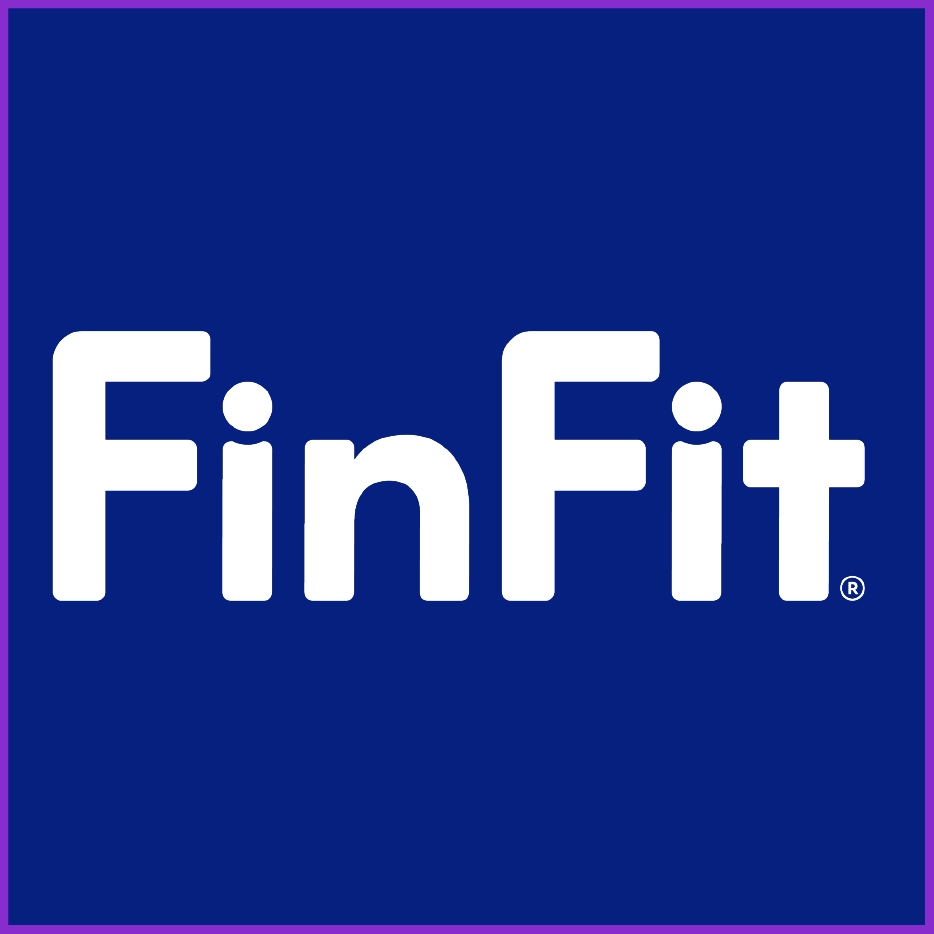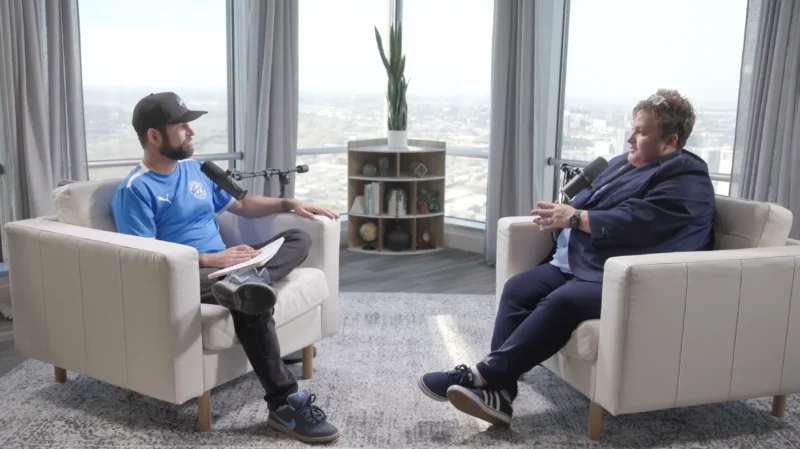SECURE 2.0: What to Expect in 2024
Regardless of the uncertainties of the economy, the SECURE 2.0 Act of 2022 offers new avenues for financial stability and security. This landmark legislation, an extension of the SECURE Act of 2019, introduces over a hundred provisions designed to bolster American workers’ economic well-being. In a climate where an alarming 60% of the workforce is grappling with living paycheck to paycheck, the SECURE 2.0 Act’s role in reshaping retirement savings and financial planning is both timely and critical.
How does the SECURE 2.0 Act reshape the financial benefits landscape for employers and employees, and what does it mean for future financial security in the workplace?
Welcome to SECURE, presented by FinFit. In this episode, host Charles Lattimer, Chief Innovation and Growth Officer at FinFit, breaks down some of the intricacies of the SECURE 2.0 Act. As a financial expert and seasoned professional, Lattimer provides essential insights into how this groundbreaking legislation impacts employers and employees. He offers a comprehensive breakdown of the Act’s provisions and their implications for the modern workforce.
Main Points include the following:
- Overview of the SECURE 2.0 Act: Key features, focusing on how it expands financial wellness beyond retirement savings to include emergency savings and more flexible 401(k) plans
- Implications for Employers and Employees: The discussion highlights the Act’s impact on employer-offered financial benefits and the importance of tailoring these benefits to individual employee needs
- Practical Applications and Choices: Lattimer provides a relatable scenario for employees earning under $150k, detailing how they can benefit from the Act’s provisions, including Roth contributions, automatic enrollment, and flexible withdrawal options.




